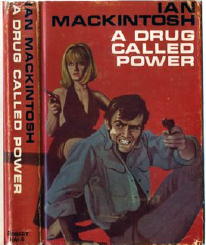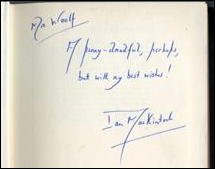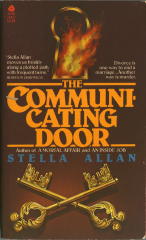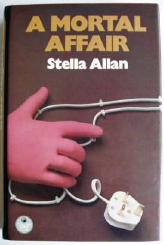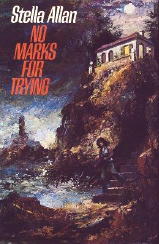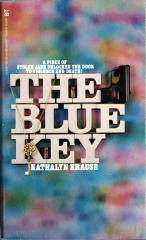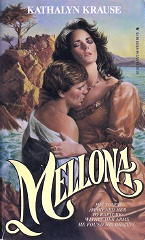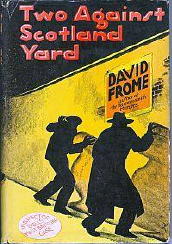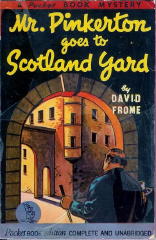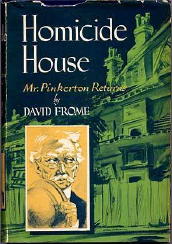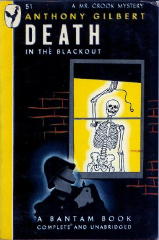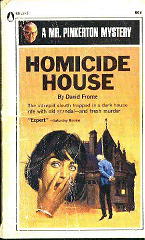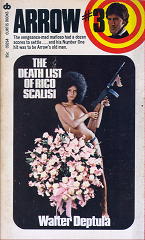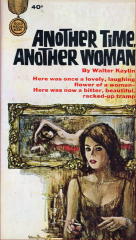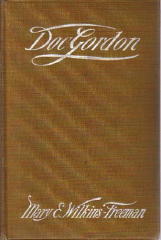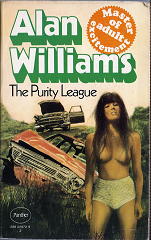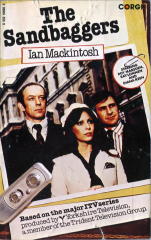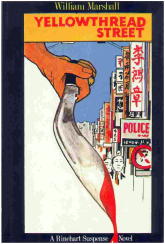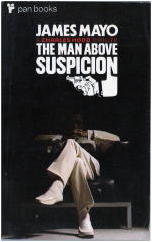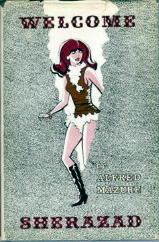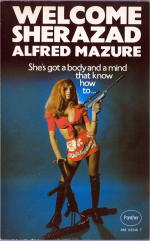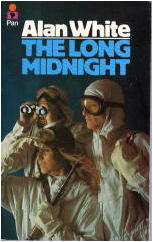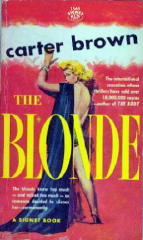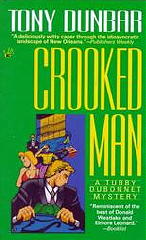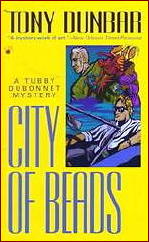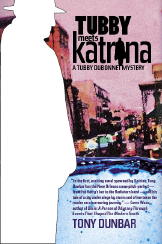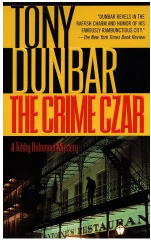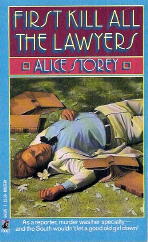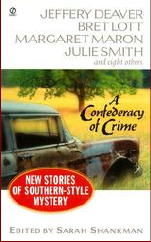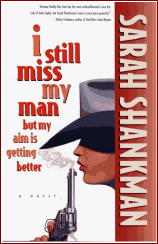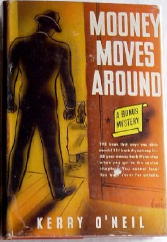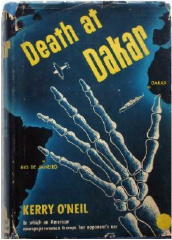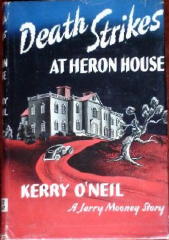Tue 20 May 2008
TMF Review: REGINALD DAVIS – The Crowing Hen.
Posted by Steve under Authors , Bibliographies, Lists & Checklists , Crime Fiction IV , ReviewsNo Comments
REGINALD DAVIS – The Crowing Hen.
Doubleday Crime Club, hardcover, 1936. UK edition: Gordon Bles, hc, 1936.
The first thing you notice about Davis’s writing is his nicely wry sense of humor, you know, the kind that sort of sneaks up on you. Consider, for example, the superstitious reaction of the villagers of Hayes Coombe to the crowing of hens – wholesale slaughter in the feathered world! – and what one of a pair of real estate agents fears that this will do for the price of poultry….
Precipitating this crisis is the impending sale of the mansion Danes Priory, said by some to be haunted, to a young couple about to be married. Warnings like footprints of blood and a dead Buff Orpington – or was it a Speckled Wyandotte? – are ignored, and mysterious death strikes, not once, but twice.
Complicating matters is a fortune in unfenced stolen diamonds, but what Davis is more concerned with is his mystery-horror show that in no way is as intellectually gripping as a solid detective puzzle would have been. With facts as fragile as these, and a story that seems always to be heading off in the wrong direction, atmosphere just isn’t enough.
The early promise of a reading treat in store is not kept. This was Davis’s first mystery novel. He wrote only one other. [D]
[UPDATE] 05-20-08. I knew this day was coming, and to tell you the truth, I’ve been putting it off for quite a while now. I wrote this review nearly 30 years ago, and I have the strongest feeling that if I were to read this book again, I’d have a strong quarrel with myself on the merits of this book.
To me now, and from what little I remember of this book, it sounds exactly like something I’d love to read, little emphasis on the detective end of things or not. If only I could locate my copy, I’d let you know for sure.
But since I haven’t – located my copy, that is – I’ve decided to let my younger self have his say, with only this one small hint to suggest that I may have been wrong.
There’s one thing that I was definitely wrong on, and that’s how many mysteries Reginald Davis wrote. It must be that reference books back in 1979 hadn’t caught up with one of them, since in Crime Fiction IV now, here’s what Al Hubin lists for him:
DAVIS, REGINALD
* The Crowing Hen. Bles, UK, hc, 1936. Doubleday Crime Club, US, hc, 1936.
* Nine Days’ Panic. Bles, UK, hc, 1937. Doubleday Crime Club, US, hc, 1938.
* Twelve Midnight Street. Bles, UK, hc, 1938.
The latter is a scarce book. I found no copies offered for sale on the Internet when I searched just now.
There’s no biographical information about Davis I can tell you about, neither from CFIV nor the Crime Club jackets, so says Bill Pronzini about the latter. It was he who provided both of the covers you see here in this post.
Here’s Bill’s opinion on The Crowing Hen, cobbled together from a couple of emails as we were discussing the book. (This is just his end of the conversation, you understand.)
“I wasn’t sure I liked The Crowing Hen at first, either. Farfetched to the point of absurdity in places. But the macabre atmospherics kept me reading, and I thought Davis did an admirable job of explaining the various weird happenings.”
So there you have it. Two opinions, one of which the author is only partially standing behind. If you’ve read the book, why not add yours? I’d love to hear from you.
